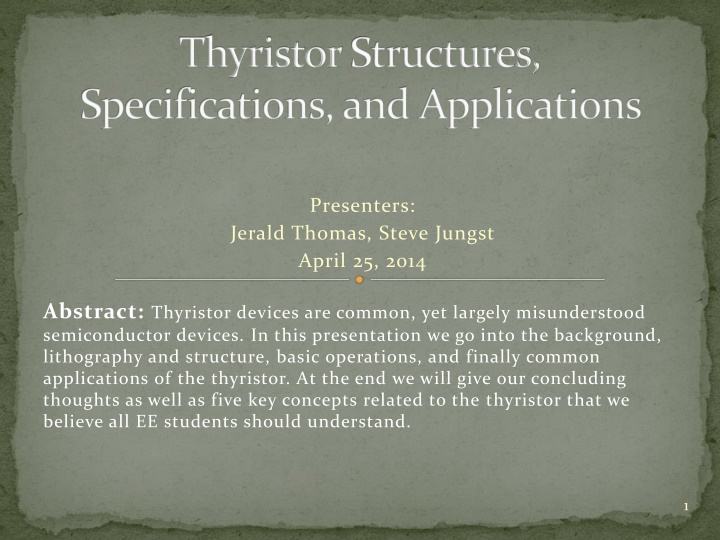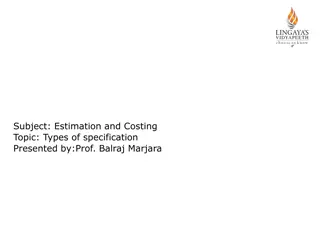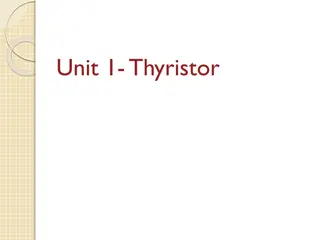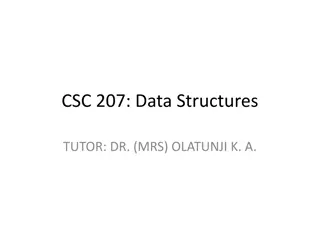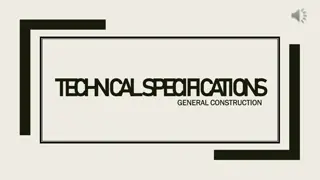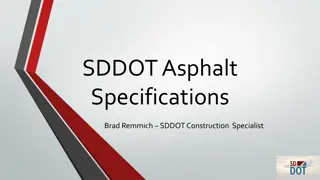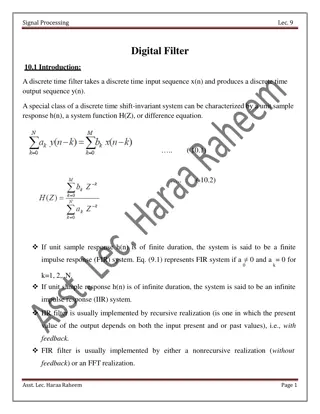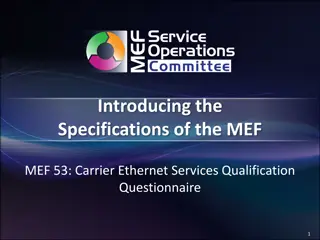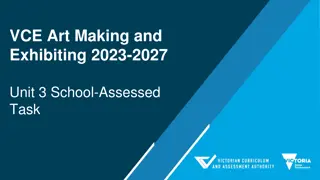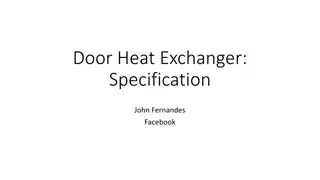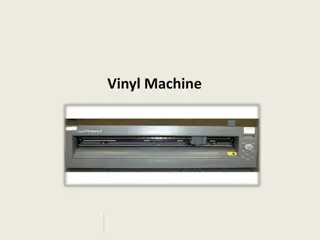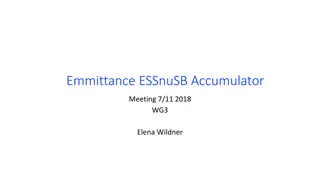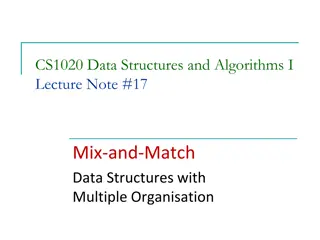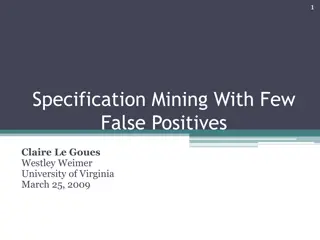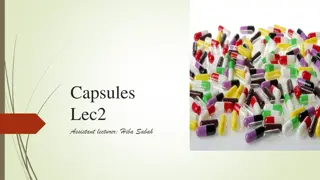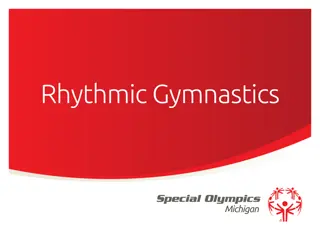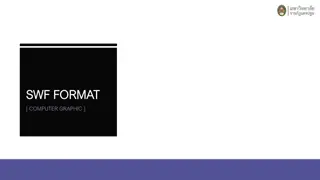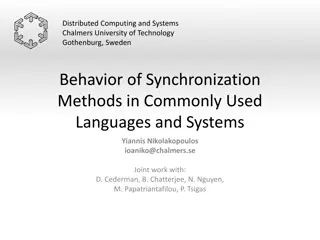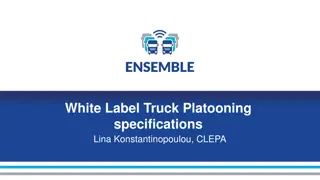Thyristor: Structures, Specifications & Applications Overview
Thyristor devices, often misunderstood but widely used in electronics, serve various functions from high current control to motor speed regulation. Dive into their origin, structure, operations, and applications, with key insights shared for EE students to grasp. Explore the fascinating world of thyristors and their practical significance in modern technology.
Download Presentation

Please find below an Image/Link to download the presentation.
The content on the website is provided AS IS for your information and personal use only. It may not be sold, licensed, or shared on other websites without obtaining consent from the author.If you encounter any issues during the download, it is possible that the publisher has removed the file from their server.
You are allowed to download the files provided on this website for personal or commercial use, subject to the condition that they are used lawfully. All files are the property of their respective owners.
The content on the website is provided AS IS for your information and personal use only. It may not be sold, licensed, or shared on other websites without obtaining consent from the author.
E N D
Presentation Transcript
ThyristorStructures, Specifications, and Applications Presenters: Jerald Thomas, Steve Jungst April 25, 2014 Abstract: Thyristor devices are common, yet largely misunderstood semiconductor devices. In this presentation we go into the background, lithography and structure, basic operations, and finally common applications of the thyristor. At the end we will give our concluding thoughts as well as five key concepts related to the thyristor that we believe all EE students should understand. 1
Outline Thyristor origins, background and family Semiconductor structure Basic operations Applications Questions 2
ThyristorOrigins Thyristor thyratron + transistor Attribution: Benedikt Seidl Attribution: Eric Barbour 3
History Proposed by William Shockley in 1950. Physically created by General Electric in 1956. Popularized in the 1960 s. Source: Stanford News Service 4
Basic Internal ThyristorStructure Source: Semiconductor Physics and Devices: Basic Principles 6
Basic Operations Attribution: Mikhail Ryazanov Source: electrodata.blogspot.com 7
Three Modes of Operation 1. Reverse Blocking Mode 2. Forward Blocking Mode 3. Forward Conducting Mode Source: Semiconductor Physics and Devices: Basic Principles Source: Semiconductor Physics and Devices: Basic Principles 8
Applications High current and high voltage Controlling AC currents Snubber circuits Motor speed controllers Source: www.helvar.nl Light dimmers Pressure-control systems/ liquid-level regulators 9 Source: www.belimo.pl
Circuit Application (Crowbar) Attribution: Steve Jungst 10
Summary The thyristor is a unique device, with a unique lithography, capable of many applications. Applications regarding alternating current with lower frequencies are where the thyristor really stands above others. 11
Questions? Source: Google Patent Search Source: Google Patent Search 12
Key Concepts: A SCR will continue to conduct current across the anode-cathode junction when the gate potential has been removed as long as the aforementioned current is above the thyristor latching current. When compared to a transistor, a thyristor has lower switching speeds. Thyristors main application area is regarding alternating current A thyristor has three main modes of operation: forward blocking, reverse blocking, and forward conducting. The thyristor is the successor to the thyratron, a gas filled tube device that could switch large currents using a small control voltage. 13
Supplemental Reading/Sources Neamen, Donald A. "15.6 | THE THYRISTOR." Semiconductor Physics and Devices: Basic Principles. 4th ed. Vol. 1. New York, NY: McGraw-Hill, 2012. 691-701. Print. Poole, Ian. "What Is a Thyristor or Silicon Controlled Rectifier, SCR." What Is a Thyristor. Radio-Electronics.com, n.d. Web. 19 Apr. 2014. "Thyristor Basics." PowerGuru. N.p., 12 Sept. 2012. Web. "Thyristor." Tech-FAQ. Tech-FAQ, 27 Sept. 2012. Web. 20 Apr. 2014. "What Is a Thyristor, SCR?" :: Electronics and Radio Today. N.p., n.d. Web. 22 Apr. 2014. 14
